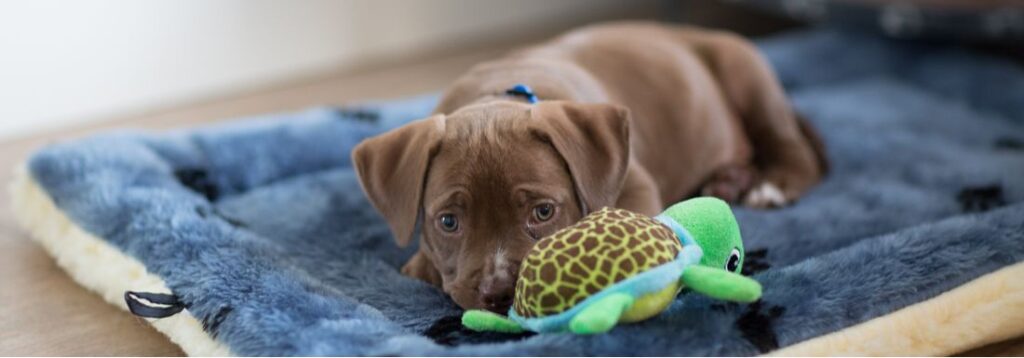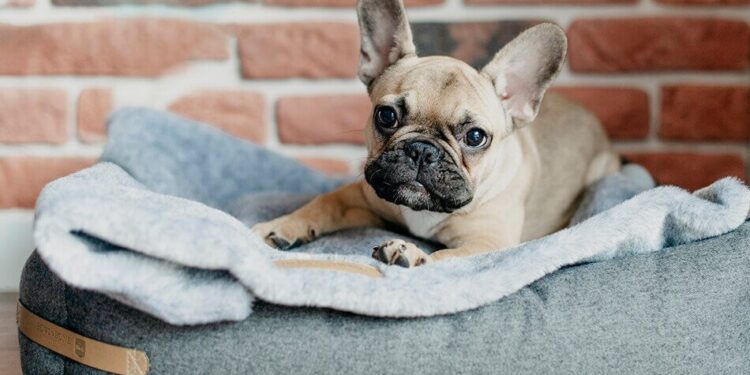Not all dogs are bred for herding hunting. This article will tell you about the working dog’s impressive qualities.
One of the most impressive dog groups is the working group, which is made up of dogs that display bravery, strength and loyalty. This AKC category includes dogs that were bred for a job other hand herding or hunting, including rescuing, guarding, sledding or carting.
While the jobs of many of these dogs have become antiquated (for example, snowmobiles have taken the place of sled dogs), in many parts of the world, these working breeds still fulfill their original roles.
The following will discuss working dogs, as well as list a few of the many different kinds of working dogs.

The Purpose Of Working Dogs:
The working group breeds are designed to do difficult jobs. They are strong and more than able to carry large loads. They are courageous enough to follow soldiers into battle, and also able to protect against all types of enemies.
These breeds are trained to have an extensive skill set that permits them to perform rescues, sniff out drugs and weapons, and swim and dive underwater.
They are smart and able to make decisions on their own, which is a necessity if a dog is acting alone and must get the job done.
Taking Care Of A Working Dog:
Most of the working breeds of dogs, like the great Dane, the Akita, the Mastiff and the Doberman Pinschers, require a real effort to care for as a pet, even though they are excellent at certain tasks.
The intelligence of these large breeds can be channeled into a wonderful home companion if they are trained properly at an early age. It is imperative to teach these large and powerful dogs correct behavior or they will become challenging to control.
These dogs must be taught to socialize throughout their lives so that they do not become overprotective, especially if you plan to introduce them to new people.
Working Dog Characteristics:
The group of dogs known as working dogs are generally about the same size, even though they may look quite different.
The hair types of these dogs range from the smooth hair on a Neapolitan Mastiff to the white corded hair on a Komondor. Each of these hair types relates to the type of work that the dog does.
The look of Neapolitan Mastiff is strange enough to startle an intruder. A komondor’s hair on the other hand, allows it to blend in with the sheep it herds.
These working dogs tend to make great guard dogs because of their large size and bark. When a criminal hears the sound of a Rottweiler, they think twice about entering a house.
Working Dog Activity Levels:
Some of the working breeds are content with little exercise and live happily in a small home or apartment regardless of their size.
For example, Mastiffs don’t require much strenuous exercise and can be fine with a daily walk. Sled dogs, however, are completely different and are quite active.
These dogs, the Alakan Malamute, Samoyed, or Siberian Huskies for example, need more exercise and play. Other dogs that can benefit from more activity in the working group are the Portuguese water dog, the boxer, and the standard schnauzer. Working dogs of all types enjoy having jobs to do.
This could mean being a drug-sniffing dog a therapy dog for nursing homes, or being in a team for the Iditarod. Other working dogs are content to be a guard for children in backyards. Nothing is better than being congratulated for a job well done by having a nap at the master’s feet.
The Great Dane:
The Great Dane has a long history that includes ancient cross breeding with the English Mastiff, Irish wolfhound and the greyhound.
They have been used in Germany as boar hunters as far back as the 14th century. At some point, the look of the breed became well like by rich landowners.
They are still a breed that is 32 inches or more and between 145 to 185 pounds and females their coats come in a variety of colors. They are known for being active, amiably and dependable. A great Dane can be a great family addition with the right training.
The Akita:
The Akita Dog Breed, known for hunting and guarding, is the biggest of the seven Japanese dog breeds. Because of how ell loved it is as a pet, the breed was recognized as a Japanese national monument in 1931.
The Akita breed was introduced to the U.S. by both Helen Keller on a return trip home from hapan and by returning U.S. soldiers after world war. These are large dogs.
The dogs are found in a variety of colors such as white, brindle and pinto. They are known as alert animals who protect their families. They may at times be a danger to other dogs.
The Doberman Pinscher:
Louis Doberman, a German tax collector, bred the first Doberman Pinscher around the beginning of the 20th century, to protect him as he made his rounds.
The Doberman was a product of breeding between several popular German dog breeds, possibly including the weimeraner and Rottweiler, amongst others.
Highly intelligent and loyal, as well as energetic and fearless, Dobermans make good family pets, and are well suited for police and security work. They around the size of an Akita, medium to large in size and weigh more than 60 pounds. The females are around 2 feet, with males 2-4 inches taller.
Dobermans usually have rust markings with black, red or fawn coats Doberman may be mistrustful of strangers and aggressive around new dogs.
The Mastiff:
It is unclear where exactly Mastiffs originally came from, but evidence of them have been found in images of roman gladiators and monuments in Egypt.
Further on into history, they were used as protective watchdogs by the English. The mastiffs we know today are thought to have come from the line of the Lyme hall mastiffs of Lyme Park, England.
Evidence proposes that mastiffs first came to the United States in the late1800s, but it is commonly believed that they came on the mayflower.
They are commonly known as the ‘old English mastiff.’ With males usually measuring around 30 inches and between 165 and 225 pounds, they are one of the largest breeds around.
Some common coat colors for mastiffs are brindle, apricot, and fawn. Mastiffs are known to be brave protectors, while also very gentile and docile at the same time.
Dogs form the working group, in spite of their name, can actually make sure, however that the breed you are considering matches your household, as some dogs do not get along with others, and others may be too big for the space you are currently occupying.
Whichever breed you choose, so long as you have the resources and patience, a working dog has the potential to make a great companion for you and your family.







Discussion about this post